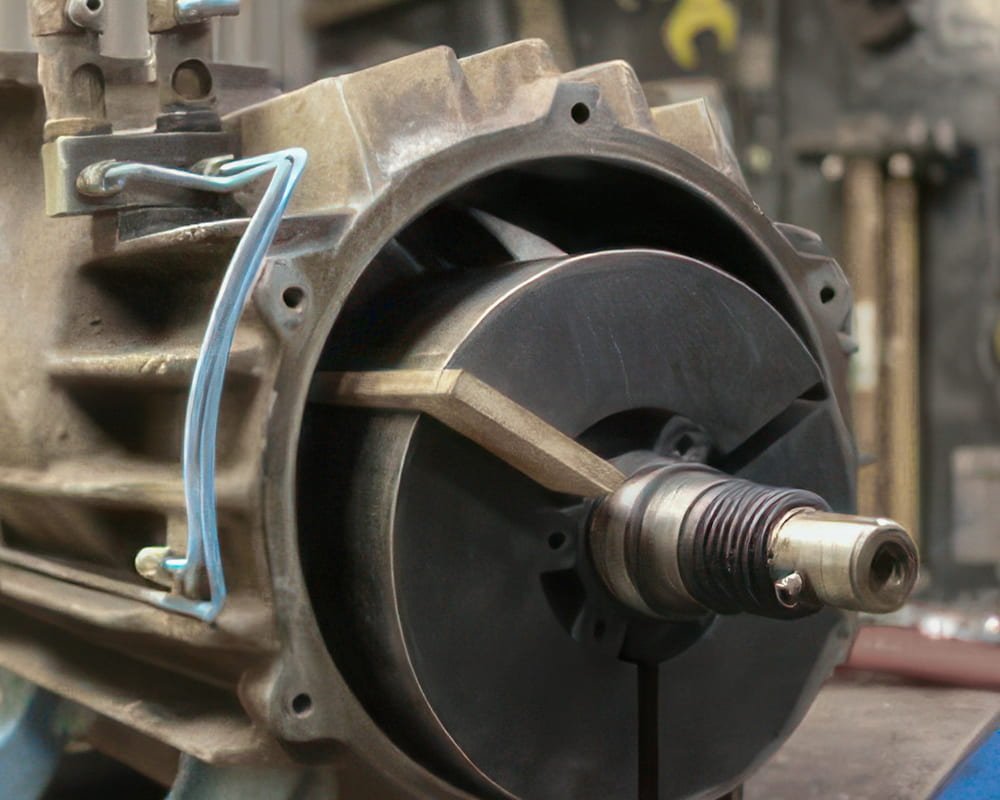The pump is running, the motor sounds healthy, but the gauge is stuck. Instead of dropping into a deep vacuum, the pressure hovers stubbornly at a high level, compromising your entire operation.
A pump that fails to achieve its ultimate pressure is almost always fighting an unseen gas load. This load can come from a leak, contaminated oil, an open gas ballast, or a faulty gauge. A systematic process of isolation is the only way to find the true cause.
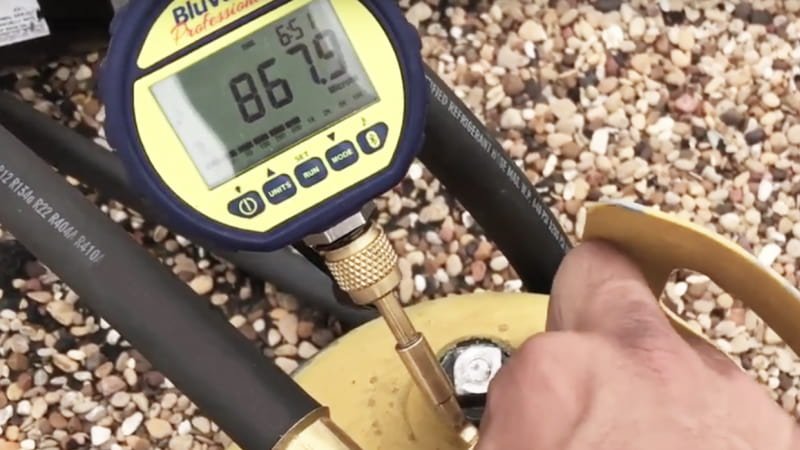
As a specialist who has traced countless invisible leaks and performance issues, I can confirm that rushing this diagnosis leads to wasted time and unnecessary parts replacement. The key is to logically isolate the pump from the system to determine where the fault truly lies. An expert doesn't guess; they measure and eliminate variables one by one. This is the professional protocol to follow.
Step 1: Is the Pump Healthy? The Blank-Off Test
This is the single most important diagnostic step. Before you hunt for a leak in a complex system, you must determine if the pump itself is capable of reaching its ultimate pressure.
A "blank-off" test isolates the pump from the system, allowing you to measure its performance directly. This immediately tells you if the problem is with the pump or with the system it's connected to.
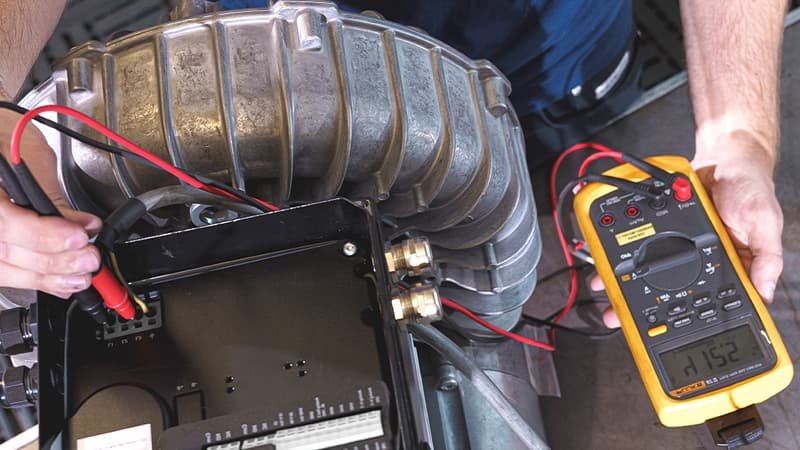
To perform this test, disconnect the pump from the system and attach a solid metal blank-off plate to its inlet, using a new, clean gasket. Use a known-good, accurate vacuum gauge (a thermocouple or Pirani gauge is ideal) to measure the pressure between the pump and the plate. Run the pump for 15-30 minutes and observe the reading.
| Blank-Off Test Result | Diagnosis | Next Step |
|---|---|---|
| Pump reaches ultimate pressure | The pump is healthy. | The problem is a leak or outgassing in your system. |
| Pressure drops but stays high | The problem is with the pump. | Proceed to Step 2. |
Step 2: Are You Fighting an Intentional Leak?
If the blank-off test proved the pump is faulty, the next step is to check for simple, often overlooked issues before assuming major internal damage.
The gas ballast valve is the most common culprit. It is designed to intentionally bleed air into the pump to handle water vapor, but if left open, it will prevent the pump from ever reaching its ultimate pressure.
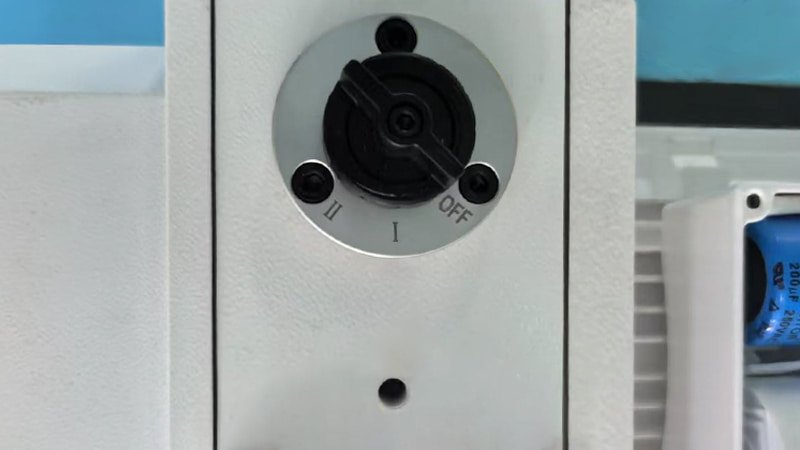
Before you even think about changing the oil, verify the basics. These checks can save you from a needless teardown.
- Check the Gas Ballast: Locate the gas ballast valve. It's typically a knob or screw on the pump housing. Ensure it is turned to the fully CLOSED position.
- Check the Plugs: Are the oil fill and drain plugs tight? A loose plug with a damaged O-ring is a common and easily fixed air leak.
- Inspect the Housing: Look for any obvious cracks in the pump casing or signs of oil leaking from case seals, which also indicates a potential air leak path.
Step 3: Is Your Oil Working Against You?
If the pump still fails its blank-off test after checking the basics, the next suspect is the lifeblood of the pump: the oil. Contaminated oil is the leading cause of poor pump performance.
Vacuum oil is a critical sealant, not just a lubricant. When contaminated with water or solvents, its vapor pressure skyrockets. The pump ends up boiling the contaminants out of its own oil, creating an internal gas load that limits the vacuum.

The oil's appearance is a direct indicator of its health. Look at the oil through the sight glass. Is it clear and transparent (healthy) or is it milky/cloudy (water contamination) or dark and sludgy (thermal breakdown)? A simple "crackle test"—heating a drop of oil on foil—will confirm water if it sputters. If the oil is contaminated, a simple oil change is required. For heavily contaminated pumps, a flushing procedure with special flushing fluid is necessary to remove residual contaminants before refilling with fresh oil.
Step 4: Is Your Gauge Lying to You?
What if the pump is fine, the system is tight, but the reading is still bad? You must consider the possibility that the measuring instrument itself is faulty.
Relying on a single, unverified system gauge is a common pitfall. Vacuum gauges can drift, become contaminated, or fail over time, giving you false data and sending you on a wild goose chase.
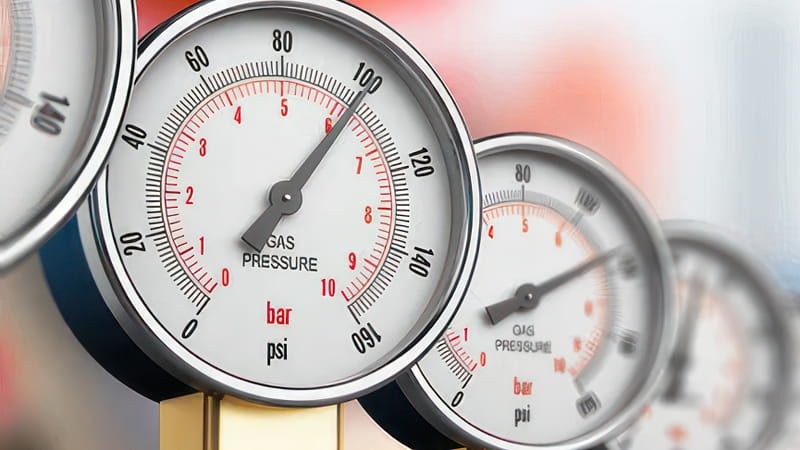
Never trust a single source of data without verification. The best method is to compare the suspect gauge against a new or recently calibrated reference gauge. Connect both to the same point in the system. If the readings differ significantly, the old gauge is faulty. Also, inspect the gauge sensor itself. It can become coated with oil or process residue, leading to inaccurate readings. Some sensors can be carefully cleaned according to the manufacturer's instructions.
Step 5: Have You Reached the End of the Pump's Life?
If you have performed a blank-off test, confirmed the oil is fresh and correct, and verified your gauge is accurate, yet the pump still will not perform, the cause is likely internal mechanical wear.
Over thousands of hours of service, critical components like vanes and seals wear down. This wear increases the internal clearances, causing "internal leaks" that reduce the pump's efficiency and prevent it from reaching its ultimate pressure.
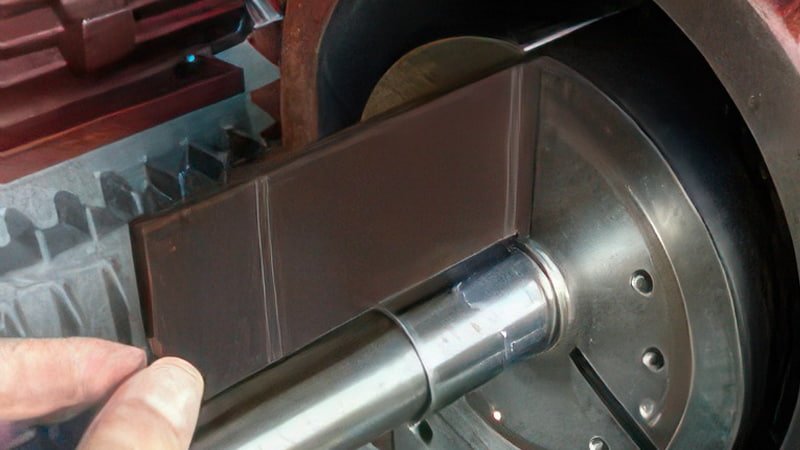
This is the final diagnosis when all other possibilities have been eliminated. Besides poor ultimate pressure, a worn pump may be noisier than usual, with a rhythmic clicking or clattering sound indicating worn or broken vanes. This is the result of long service hours, poor maintenance (running with contaminated oil), or ingesting abrasive particles from the process. At this stage, the pump requires a professional teardown and rebuild with a major service kit, or complete replacement.
Final Thoughts
A vacuum pump that fails to pull down presents a frustrating challenge. By approaching the problem methodically—starting with the decisive blank-off test—you can move from a state of uncertainty to a confident and accurate solution.

